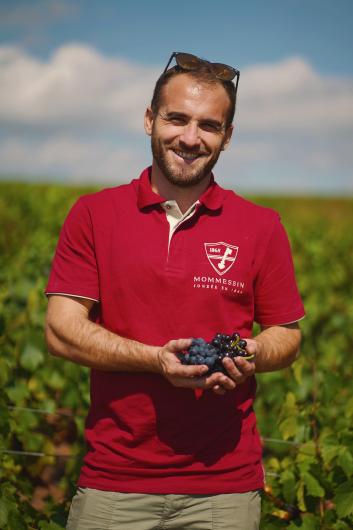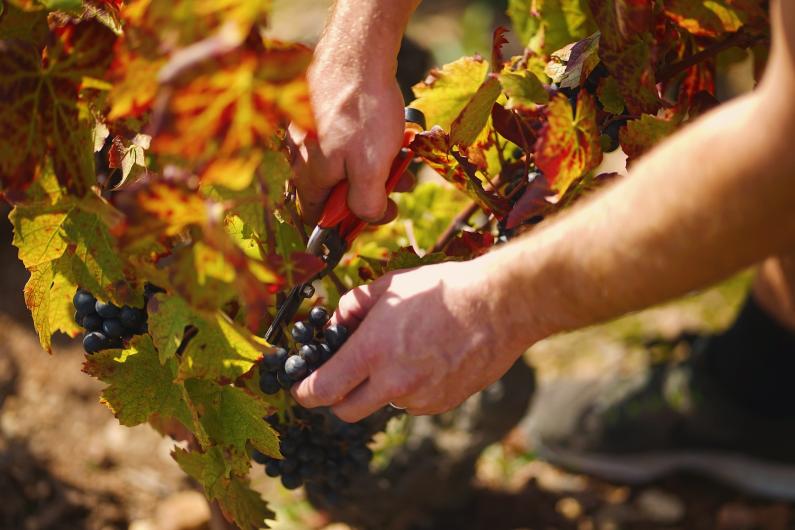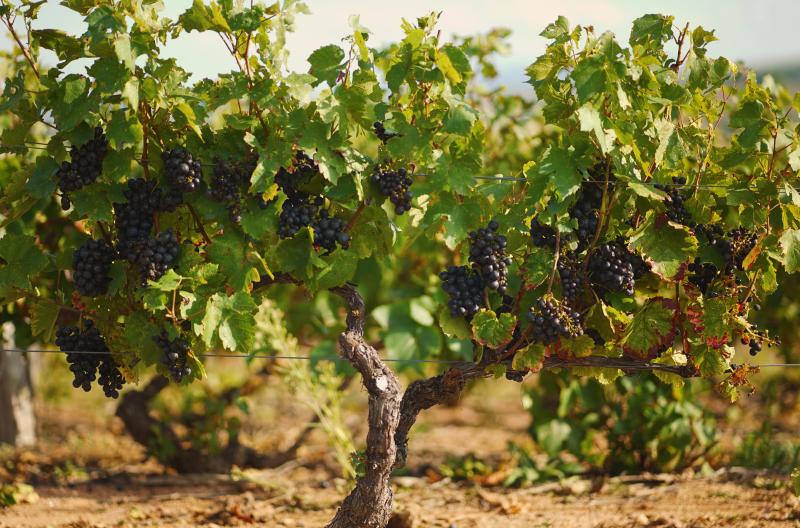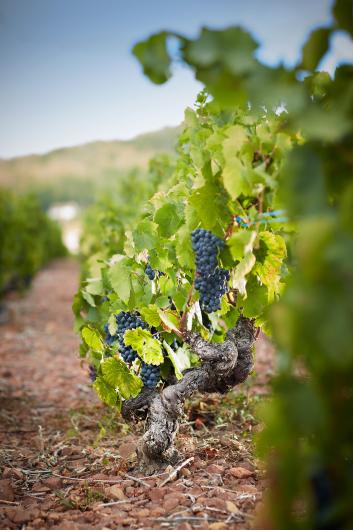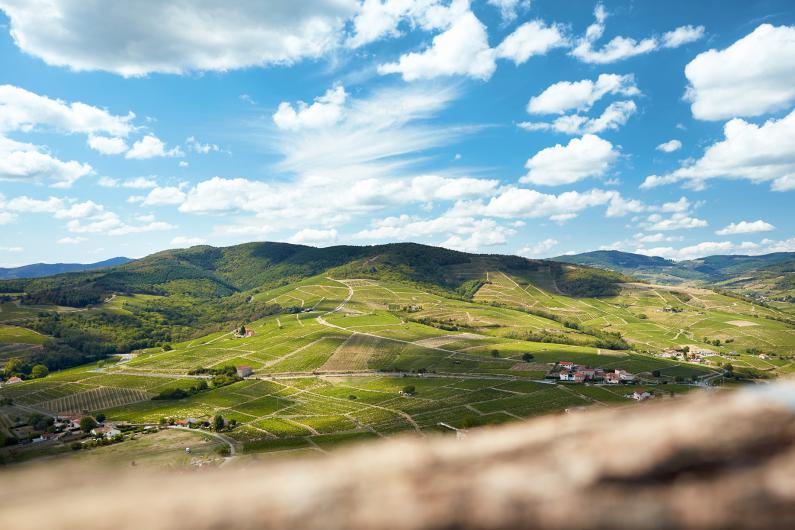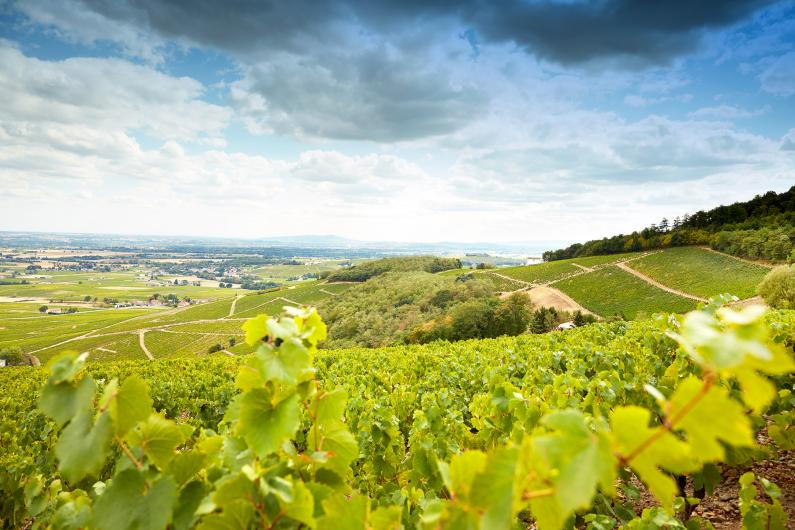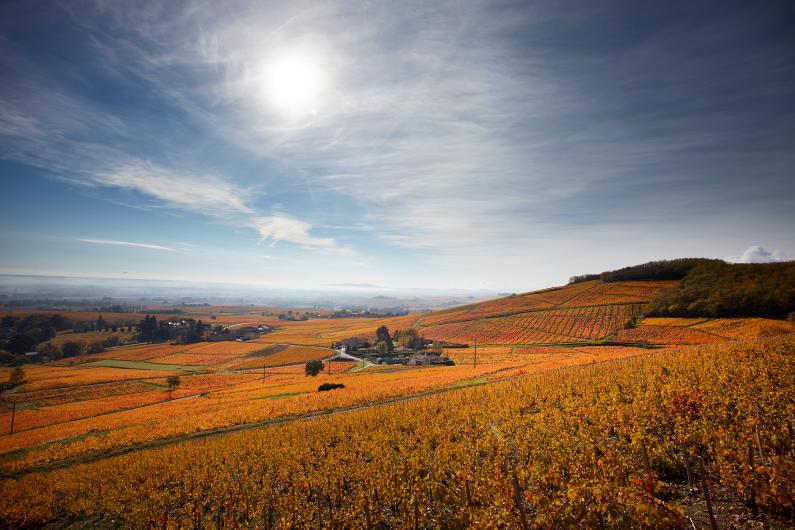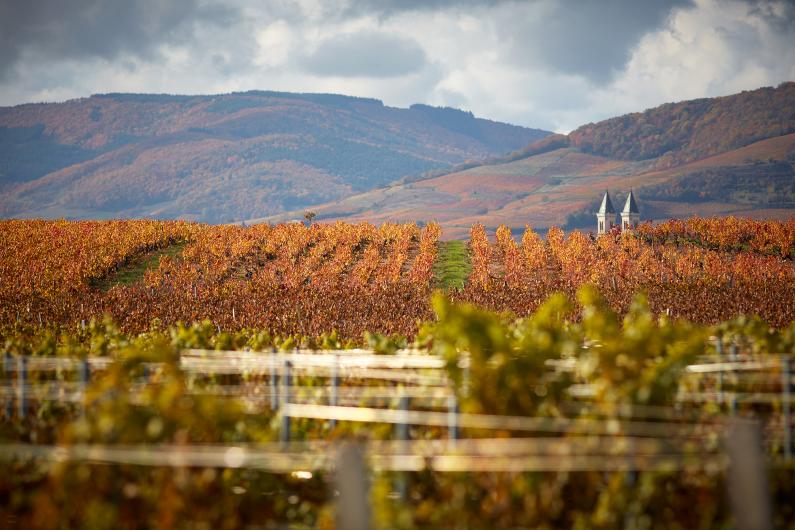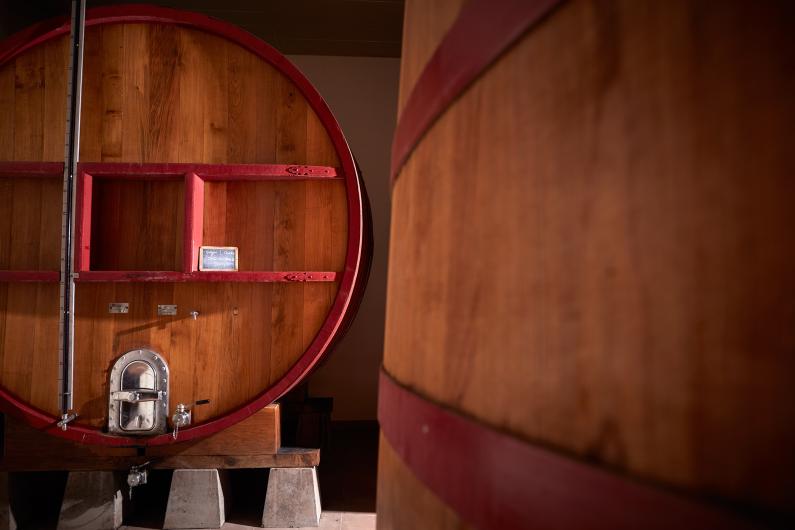Grande Mises Fleurie

Wine Description
Fleurie is often considered to be the most feminine of the Beaujolais Crus. Perhaps this is because of the Madonna of Fleurie who, perched at the top of its hill, protectively overlooks the surrounding countryside and vineyards.
 Acclaim
Acclaim
 Vineyard & Production Info
Vineyard & Production Info
 Winemaking & Aging
Winemaking & Aging
 Analytical Data
Analytical Data
 Wine Production
Wine Production
Vinified according to Burgundian tradition, using the entire bunches of grapes which were transferred to concrete vats. Maceration lasted around 15 days, alternating pumping over of the must and rack and return in order to extract as much substance and structure as possible and to set the aromas and flavors. Temperatures were maintained between 22 and 24°C. The grapes were then pressed and the press juice and the free-run juice of each cuvée were blended and racked to undergo malolactic fermentation on fine lees before being aged for 8 months in tanks.
 About the Vineyard
About the Vineyard
There is proof that vines have been cultivated in Fleurie since 987. Fleurie has been recognized as an AOC since it was granted its appellation by the INAO on 11 September 1936.
This wine takes its name from the village in which it is produced. Legend has it that Fleurie was named after a Roman soldier, Florus, though there are neither architectural nor written traces of the village having been occupied during Roman times.
Fleurie’s pink granite-based terroir gives the wine its intense carmine red color, along with fruity and floral aromas of iris, violet and rose. The granite features large crystals and typical pinkish-red color. In some plots there are numerous layers of micro-granite, but, more importantly, other dark or golden mica-rich lamprophyres.
The vineyard’s lowest point is at an altitude of 210m, though the vines grow as high up the slope as 510m. The average altitude is rather high and the slopes are moderate to very steep in most of the appellation, making it one of the Crus with the steepest slopes.



